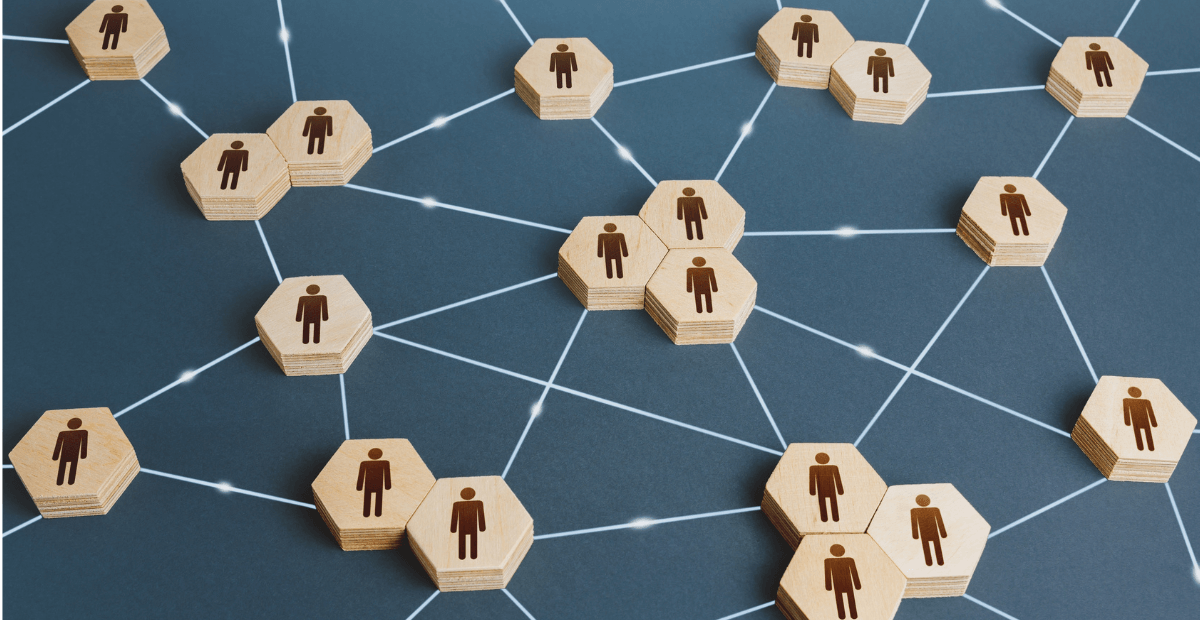The internet is undergoing a profound transformation, shifting from the centralized, corporate-driven Web2 model to a decentralized, user-centric future—commonly referred to as Web3. At the heart of this evolution are groundbreaking technologies such as blockchain, smart contracts, and decentralized applications (dApps). Together, they promise to reshape the digital landscape, offering greater user control, transparency, and …
Exploring Web3: From Blockchain Innovation to User Empowerment

The internet is undergoing a profound transformation, shifting from the centralized, corporate-driven Web2 model to a decentralized, user-centric future—commonly referred to as Web3. At the heart of this evolution are groundbreaking technologies such as blockchain, smart contracts, and decentralized applications (dApps). Together, they promise to reshape the digital landscape, offering greater user control, transparency, and innovation.
The Pillars of Web3 Technology
Blockchain: The Foundation of Web3
Blockchain technology serves as the underlying infrastructure of Web3. By enabling decentralized and transparent record-keeping, blockchains eliminate the need for intermediaries in transactions.
- Decentralization: Information is distributed across multiple nodes rather than being stored in a single location.
- Security: Cryptographic techniques ensure data integrity and prevent unauthorized alterations.
- Transparency: Every transaction is publicly visible and verifiable.
Popular blockchains like Ethereum, Solana, and Polkadot have emerged as leaders in the Web3 space, each supporting various decentralized applications.
Smart Contracts: The Automation Engine
Smart contracts are self-executing agreements coded directly onto the blockchain. These contracts execute automatically when predefined conditions are met.
- Efficiency: Eliminates the need for third-party intermediaries.
- Trustless Environment: Parties don’t need to trust each other—only the code.
- Wide Applications: Used in DeFi, NFTs, supply chain management, and more.
Decentralized Applications (dApps)
DApps operate without centralized control and often incentivize users with tokens.
- Finance (DeFi): Platforms like Uniswap and Aave enable users to trade, borrow, and lend without traditional banks.
- Gaming: Projects such as Axie Infinity reward players with cryptocurrency.
- Content Creation: Platforms like Mirror.xyz empower writers with decentralized publishing.
User Empowerment in Web3
One of the most significant promises of Web3 is its potential to empower users by giving them greater control over their data, identity, and digital assets.
Ownership of Data and Assets
In Web2, corporations monetize user data without transparent consent. Web3 shifts this paradigm by returning ownership to individuals.
- Self-Sovereign Identity: Users control how their personal information is shared.
- Tokenized Assets: Users can truly own digital assets such as NFTs and cryptocurrencies.
Censorship Resistance
Centralized platforms can censor content or ban users. Web3 applications, by contrast, are more resistant to censorship due to their decentralized architecture.
Incentive Models
Many Web3 platforms reward users for participation.
- Play-to-Earn (P2E) Games: Gamers earn cryptocurrency for their efforts.
- Creator Economies: Writers, artists, and developers receive direct compensation without intermediaries.
Challenges Facing Web3 Adoption
While Web3 holds immense potential, several hurdles must be overcome before it becomes mainstream.
Scalability Issues
Early blockchains struggle with transaction speeds and high fees.
- Solutions: Layer-2 technologies and sharding aim to address these issues.
User Experience (UX)
Interacting with Web3 applications can be complex and intimidating for non-technical users.
- Solutions: Improved wallet interfaces and onboarding processes are being developed.
Regulatory Uncertainty
Governments around the world are still grappling with how to regulate decentralized technologies.
- Impact: Legal clarity will be crucial for widespread adoption.
The Road Ahead: A Web3 Vision
As the ecosystem evolves, several trends are shaping its future:
- Interoperability: Seamless communication between different blockchains will enhance user experiences.
- Decentralized Governance: DAOs (Decentralized Autonomous Organizations) empower communities to make collective decisions.
- Privacy Enhancements: Zero-knowledge proofs and other technologies will bolster user privacy.
Conclusion
Web3 represents a paradigm shift toward a more decentralized, user-empowered internet. By leveraging blockchain, smart contracts, and dApps, this new era promises enhanced privacy, security, and innovation. While challenges remain, ongoing advancements signal a bright future for Web3 and its transformative impact on the digital world.
Zara Elkin a cybersecurity expert turned crypto reporter, Zara investigates blockchain security, hacking incidents, and best practices for safeguarding digital assets. She aims to educate users on staying safe in the fast-moving crypto space.










